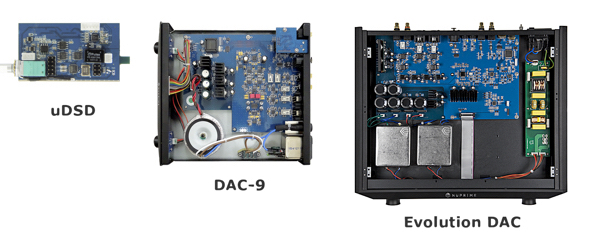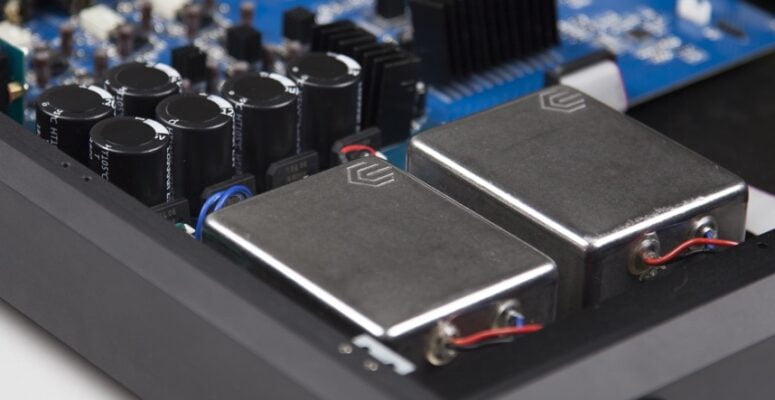What is high-end DAC ?
NuPrime has designed a $99 Encore mDSD portable DAC and a $179 NuPrime uDSD DAC that are both capable of decoding 32-bit/384kHz and DSD256, therefore the DAC chip itself has advanced to the point of becoming a commodity and is no longer the biggest differentiating factor. Newer generation of DAC chips only provide diminishing return. Different brands of DAC chip have their own sonic characteristic but a skilled engineer could tuned the sound of a DAC with transistors in the preamp stage. Most companies designed their high-end DAC by following the reference circuit from DAC chip company (such as ESS Technology). NuPrime takes it a step further with innovations surrounding the commodity chip.

Power supply and preamp are now becoming the dominant factors in the DAC’s performance. In this post, we will discuss about the preamp and volume control. Entry level DAC such as the $99 Encore mDSD can sound like a reference class DAC if it is used with a high-end in-ear earphones and a computer USB audio. But for a high-end DAC to work with a variety of analog and digital inputs, the power supply, volume control and preamp has to be exceptional.

To meet the highest performance requirement of the NuPrime Evolution Series, the power circuit of Evolution DAC has been redesigned from the ground up using C-Core transformers and AC filter.
In traditional pure-analog designs, a switch resistor network for volume control works best but is very expensive due to the use of many high precision discrete resistors. Next is a high-quality volume pot. You rotate the pot to change the resistance, which in turn attenuates the volume. A volume pot is non-linear and has balance issues at low volume. Some DACs do not have built-in volume controls and you therefore have no choice but to change volume at the analog output. We try to avoid that. Fortunately the top DAC chips have volume controls, which make sense since it’s best to adjust the volume in the digital domain for digital signals
Our DAC-9 ($749) and DAC-10 ($1495) have analog inputs without A-to-D conversion. We use a mixed analog and digital volume-control design. The digital volume control’s 0.5db steps are sent to the DAC for the best possible result. The DAC’s analog output and analog inputs from other sources then go through a switch- resistor network. The DAC’s output is switched straight through with minimum resistance. For analog inputs, the switch resistor network provides the best possible result. The digital volume control from the front panel manages switching the analog resistor network.
In conclusion, we feel we’ve developed the best type of volume control and preamp for a modern DAC.
